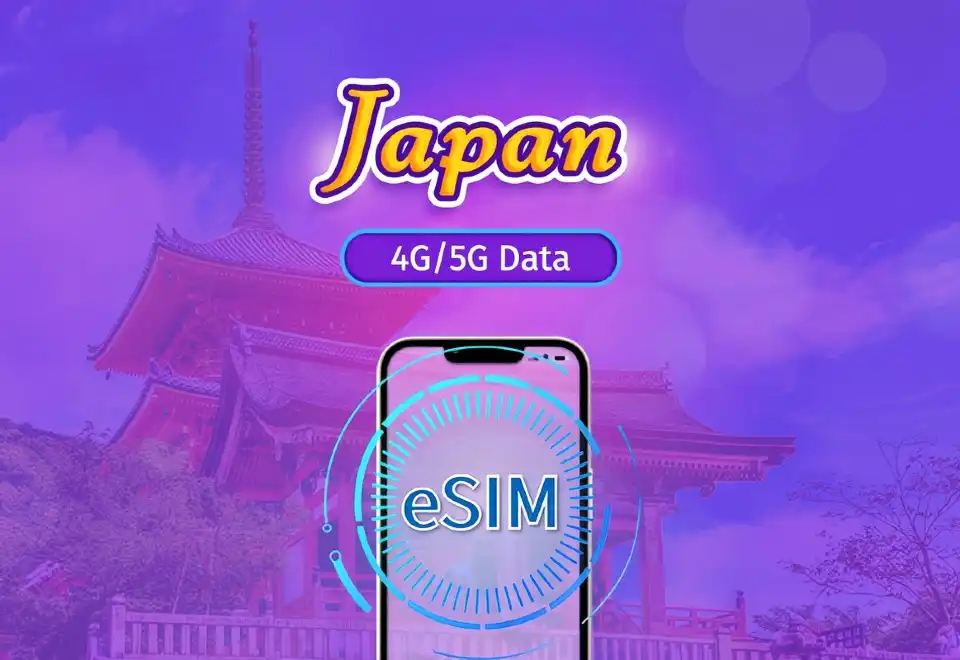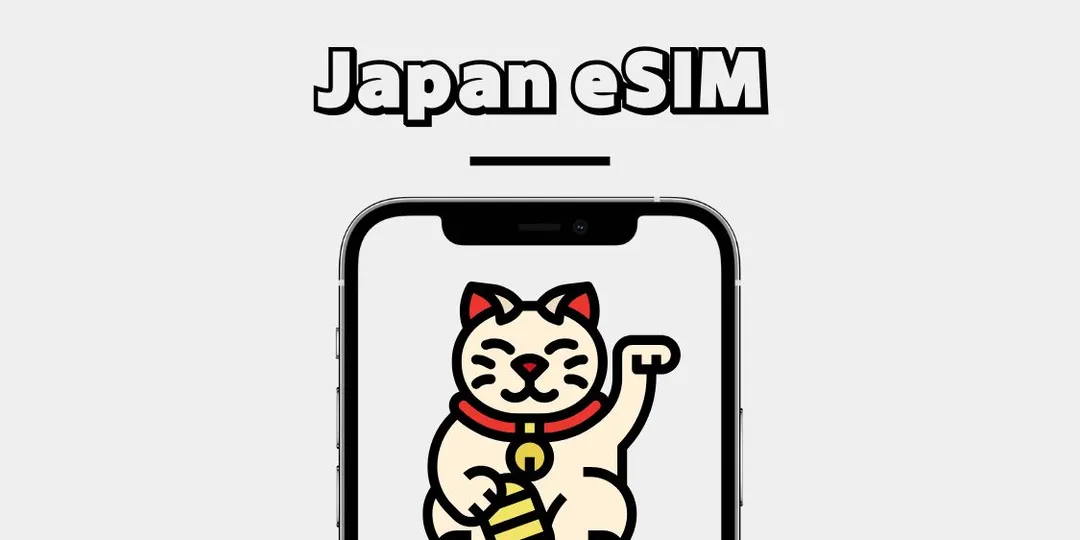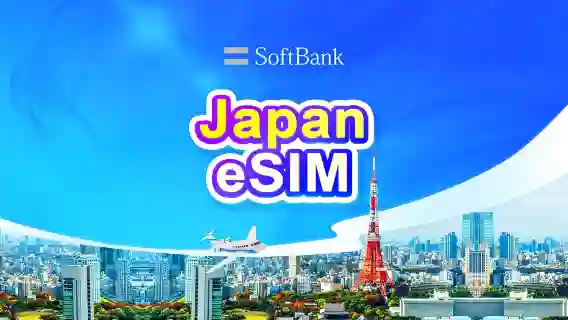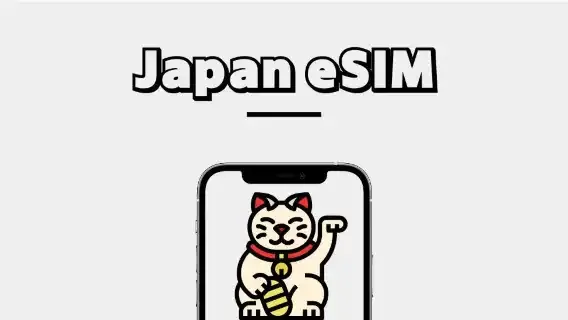
Experience the convenience of eSIM Japan, your ultimate solution for seamless connectivity across the country, ensuring you stay connected effortlessly as you explore all that Japan has to offer.
Popular Japan eSIM Plans
Japan SoftBank 4G/5G eSIM: Stay Connected Across Japan with Ease!
Stay connected effortlessly in Japan with the Japan SoftBank 4G/5G eSIM. Whether you’re traveling for business or pleasure, enjoy fast, reliable internet across the country with a simple, hassle-free setup. With options for data packages ranging from 1 to 30 days, you can choose the perfect plan to suit your travel needs.
Key Features:
- High-speed Data: 4G/5G connectivity powered by SoftBank.
- Flexible Plans: Choose from daily or multi-day data packages (1–30 days).
- Easy Setup: Scan the eSIM QR code on your device and start using the internet right away.
- Hotspot Sharing: Share your data with other devices, perfect for keeping everyone connected.
- No Extra Costs: Use data without worrying about roaming charges.
- Compatible Devices: Works with most iPhones and Android phones that support eSIM.
Top eSIM Providers in Japan

When traveling to Japan, eSIMs provide a convenient way to stay connected without needing a physical SIM card. Here’s a look at some of the top eSIM providers in Japan:
Provider | Key Features | Popular Plans | Best For |
Easy digital setup, high-speed 4G/5G data, flexible plans, reliable customer support | 500MB/day, 1GB/day, 2GB/day, 3GB/day, Unlimited data (1–30 days) | Travelers seeking convenience and competitive pricing | |
SoftBank | Leading Japanese telecom provider with extensive coverage across the country | High-speed 4G/5G data plans, with options for short and long-term use | Long-term travelers or business trips |
IIJmio | Affordable data options, reliable coverage in major cities and rural areas | Daily, weekly, and monthly data packages | Budget-conscious travelers |
Rakuten Mobile | High-speed data and hotspot sharing options, easy activation | Flexible data plans ranging from 1GB to Unlimited (1–30 days) | Those looking for good value data plans |
NTT Docomo | Excellent nationwide coverage, reliable service, high-speed data options | Custom data packages tailored to short-term and long-term use | Frequent travelers or tourists who need a variety of plans |
Mobal | No contract, prepaid options, unlimited data plans | 1GB, 3GB, or Unlimited data packages (valid for up to 30 days) | Short-term travelers on a tight schedule |
Key Advantages of Trip.com eSIM:
- Convenient Activation: Easy to purchase and activate online, with QR code scanning for setup.
- Flexible Data Plans: Choose from a variety of data packages ranging from 1GB/day to unlimited options for up to 30 days.
- Affordable Rates: Competitive pricing starting from AU$ 0.96/day.
- Customer Support: Reliable customer service to assist with any issues during your trip.
How to Get a Japan eSIM
Getting a Japan eSIM is a quick and easy process. Here’s a step-by-step guide on how to get one:
1. Check Device Compatibility
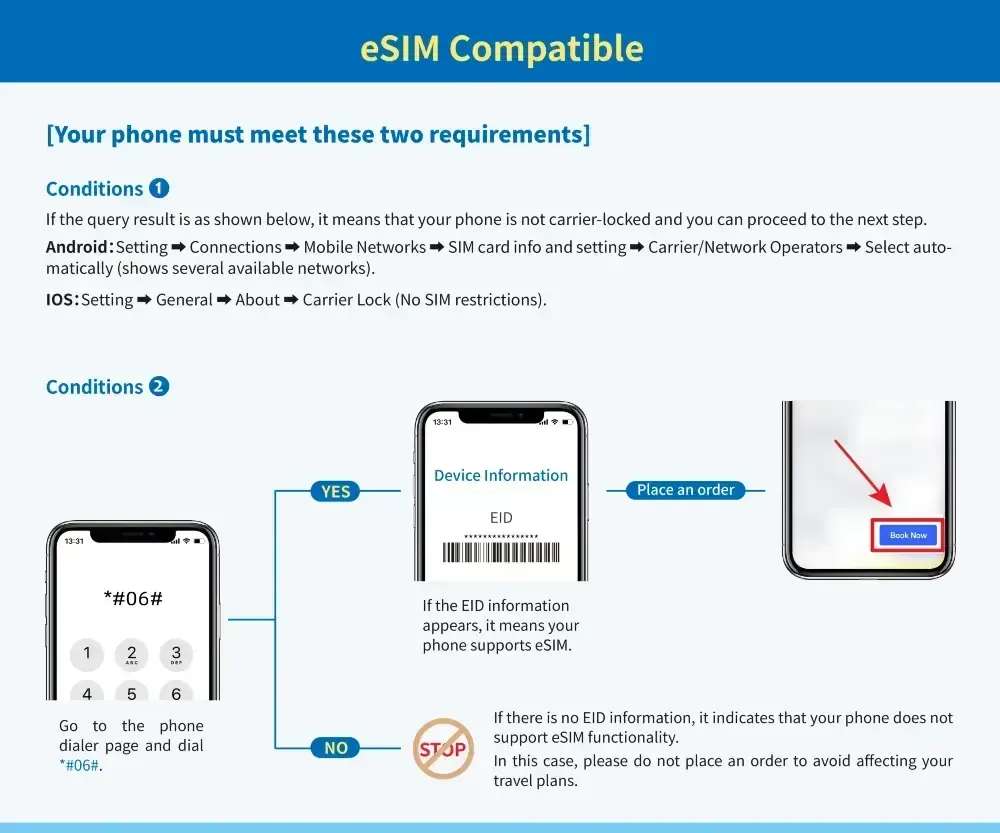
- Ensure your smartphone or device supports eSIM functionality. Most modern iPhones (iPhone XS and newer) and select Android phones (like Google Pixel and Samsung Galaxy models) are eSIM-compatible.
- To check if your device supports eSIM, dial *#06#—if an EID number appears, your phone supports eSIM.
2. Choose a Plan
- Browse various eSIM plans offered by providers like Trip.com, SoftBank, Rakuten, IIJmio, and NTT Docomo.
- Select the plan that best suits your needs (e.g., data usage, number of days, 4G/5G availability).
3. Purchase the eSIM
- You can purchase a Japan eSIM online from various providers, travel platforms (like Trip.com), or telecom providers.
- After completing your purchase, you’ll receive an email with a QR code or activation details.
4. Scan the QR Code to Activate
- Open your phone’s settings to add the eSIM:
- For iPhone: Go to Settings > Cellular > Add Cellular Plan. Scan the QR code provided by the eSIM provider.
- For Android: Go to Settings > Network & Internet > Mobile Network > Add carrier and scan the QR code.
- If the QR code doesn't work, you may be asked to manually enter the SM-DP+ Address and Activation Code (provided in the email).
5. Set Up Your eSIM
- After activation, your eSIM will show up in the Cellular Network settings.
- You can label the eSIM for easier identification (e.g., "Japan Data").
- Ensure Data Roaming is enabled for internet access, and your eSIM is set as the default data plan if you wish to use it for all internet activity.
6. Start Using Your eSIM
- Once activated, you can immediately use mobile data for browsing, using apps, or making calls (if supported by the plan).
- Your eSIM will remain active as long as the data plan is valid (usually up to 30 days).
7. Deactivate and Manage Your eSIM
- Once you no longer need the eSIM, you can disable it in the Cellular settings or remove it completely.
- Some providers may offer an option to extend or change your plan during your stay.
Tips:
- Activate upon Arrival: For most eSIM plans, it’s best to activate the eSIM once you’ve arrived in Japan to start counting your usage from the local timezone (usually UTC+9).
- Check Data Coverage: Ensure that your eSIM plan provides adequate coverage for the areas you’ll be visiting in Japan (urban vs rural coverage may vary).
Does Your Phone Support eSIM?
1. How to Check If Your Phone Supports eSIM
- For iPhone:
- Go to Settings > Cellular. If you see an option to Add Cellular Plan, your phone supports eSIM.
- You can also dial *#06#. If an EID number appears, your phone supports eSIM.
- For Android:
- Go to Settings > Network & Internet > Mobile Network. If you see an option like Add Carrier or Add eSIM, your phone supports eSIM.
- You can also check the device’s official specifications online.
2. eSIM-Compatible Phones
To use an eSIM, your phone must be compatible with eSIM technology. Most modern smartphones do, but not all models support it. Below is a list of popular phones that support eSIM:
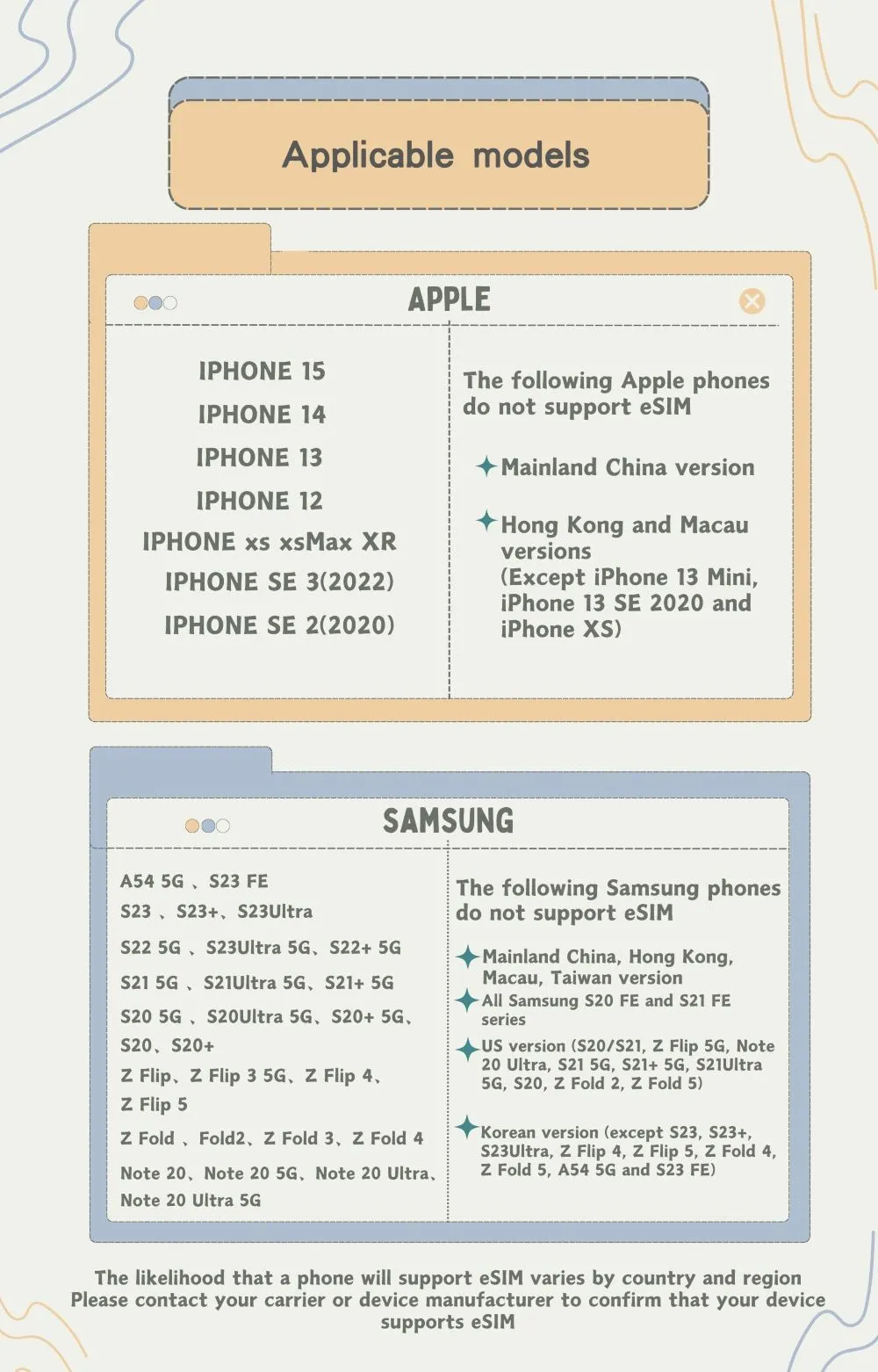

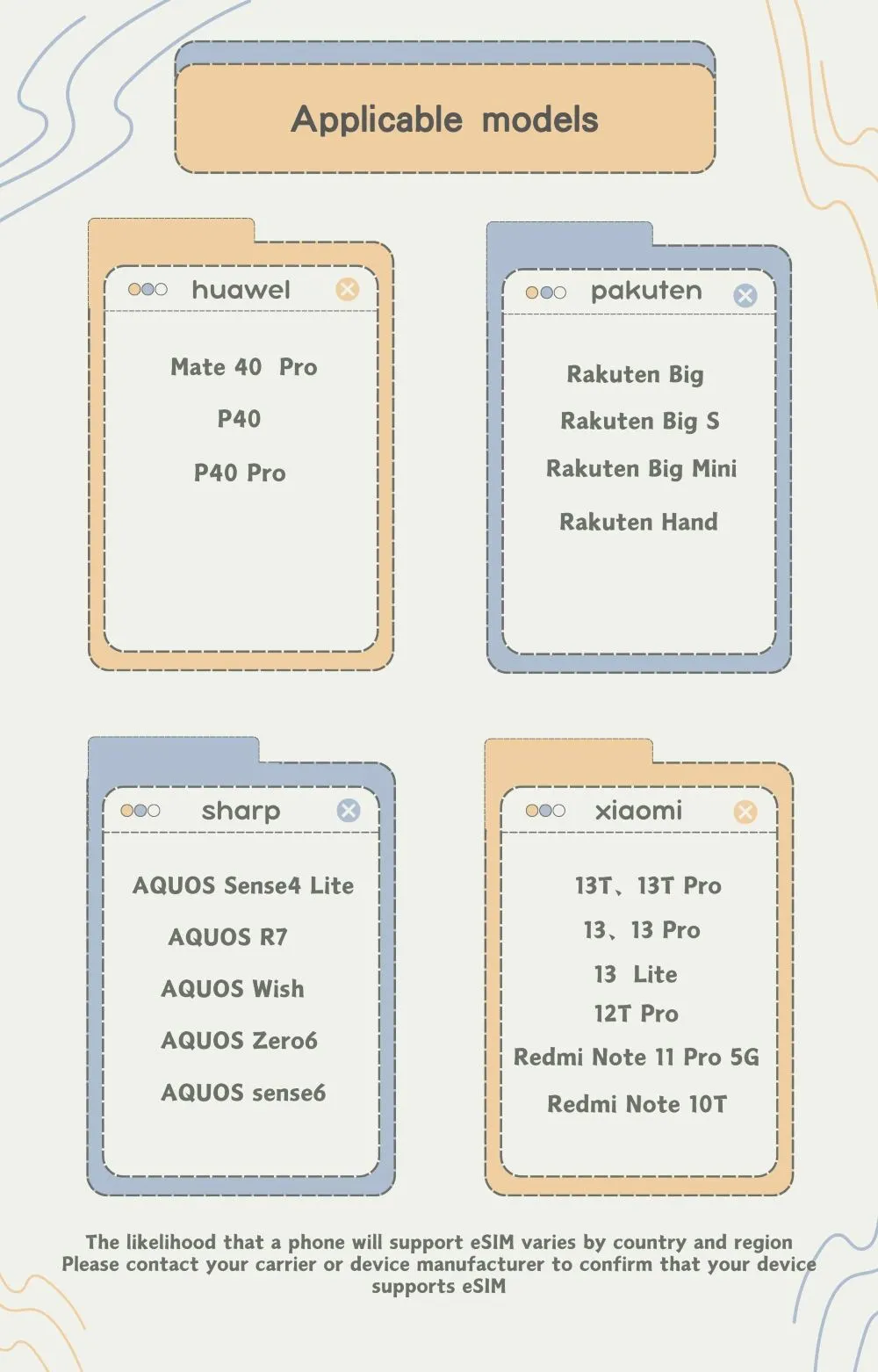
Japan eSIM Users' Reviews
Many travelers have shared their experiences with Japan eSIM services, and here’s a summary of common feedback:

Positive Reviews
⭐⭐⭐⭐⭐
"This is my first time using an eSIM, and I'm impressed with the ease of setting it up. The 5G speed was fantastic, with stable connectivity in the city. I could easily reach speeds of 300 Mbps, and I will definitely buy this again for my next trip."
⭐⭐⭐⭐⭐
"I’ve tried other eSIMs for Japan, but this one by far gave the fastest and most reliable signal. No issues with speed drops, even in remote areas. I highly recommend it for anyone traveling to Japan."
⭐⭐⭐⭐⭐
"Setting up was a breeze. The instructions were clear, and the QR code worked perfectly. The data plan was just right for our family trip. We stayed connected everywhere."
Which is Better in Japan? eSIM, SIM Card, or Wi-Fi Router?

When visiting Japan, choosing the right connectivity option depends on your preferences, needs, and how you plan to use the internet. Below, we'll break down the pros and cons of eSIM, SIM cards, and Wi-Fi routers to help you make an informed decision.
Comparison Overview
Feature | eSIM | SIM Card | Wi-Fi Router |
Ease of Setup | Fast and easy (QR code scan to activate) | Requires physical SIM swap | Pick up and return device |
Cost | Competitive pricing, depends on plan | Generally affordable, one-time cost for SIM | Rental cost, higher if used solo (but cheaper for groups) |
Data Limit | Unlimited or large data packages | Fixed data cap (e.g., 1GB, 3GB, 5GB) | Large data plans, sometimes unlimited |
Hotspot Sharing | Sometimes supported, depending on plan | Not supported unless phone has dual SIM | Supports multiple devices |
Internet Coverage | Wide coverage, ideal for urban and rural areas | Wide coverage, similar to eSIM | Excellent coverage in cities, some rural areas may have slower speeds |
Activation Method | Instant via QR code | Physical swap, buy from store | Pick up device from rental location |
Japan eSIM | Detailed Breakdown
1. eSIM (Embedded SIM)
Pros:
- Convenient: No need to swap SIM cards, just activate by scanning a QR code.
- No Physical SIM: Ideal if your phone supports dual SIM or if you prefer not to swap physical cards.
- Instant Activation: Can be activated before arrival in Japan or upon arrival.
- Global Flexibility: Works in multiple countries, great for long-term or frequent travelers.
Cons:
- Phone Compatibility: Only supported on newer phones (e.g., iPhone 12 and later, Google Pixel 4 and later, Samsung Galaxy S20 and later).
- Limited Hotspot Support: Some eSIM plans do not support hotspot functionality, so check your plan before purchasing.
2. SIM Card (Physical SIM)
Pros:
- Widespread Availability: Available at airports, convenience stores, and vending machines.
- Affordable: Budget-friendly, especially for short trips.
- Simple Setup: Insert the SIM card, and you're ready to go.
- Includes Voice and Data: Many SIM cards include both data and local calls.
Cons:
- Physical Swap: You need to replace your current SIM card, which can be inconvenient.
- Data Limits: Most plans come with limited data (e.g., 1GB, 3GB) that can be restrictive for heavy users.
- Time-consuming: If you’re not familiar with the process, setting it up could take some time.
3. Portable Wi-Fi Router (Pocket Wi-Fi)
Pros:
- Multiple Devices: One device can connect several phones, tablets, or laptops, perfect for families or groups.
- Large Data Plans: Many routers offer unlimited or very large data packages.
- Excellent Coverage: Typically offers good network coverage in urban and suburban areas.
Cons:
- Extra Device: You’ll need to carry a separate Wi-Fi router, which adds bulk to your luggage.
- Charging: The router needs to be charged, and you may need to carry extra cables.
- Rental Costs: Renting a pocket Wi-Fi can be expensive, especially for solo travelers.
- Pick-up/Drop-off: Requires picking up and returning the device, which can be inconvenient if you have a tight schedule.
Conclusion
Each option has its own advantages depending on your travel needs. Choose based on your priorities—whether it's convenience, cost, or data usage!
10 Benefits of Using eSIM in Japan
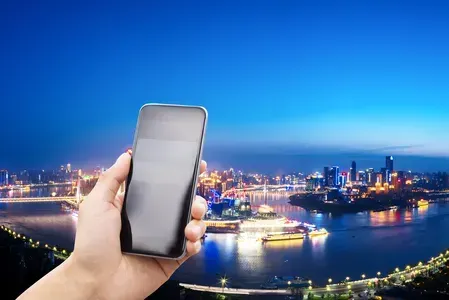
eSIM (Embedded SIM) is becoming an increasingly popular choice for travelers in Japan due to its convenience, flexibility, and seamless integration with modern smartphones. Here are the key benefits of using an eSIM during your trip to Japan:
1. No Need for Physical SIM Cards
- Convenience: eSIM eliminates the need to swap physical SIM cards, making it a more convenient option. Once activated, it’s embedded in your phone and cannot be lost or damaged.
- Instant Activation: You can activate the eSIM as soon as you land in Japan (or even before your trip), simply by scanning a QR code sent to your phone. No need to visit a store or wait in long queues at the airport.
2. Supports Multiple Plans and Networks
- Dual SIM Capability: Many smartphones that support eSIM also have dual SIM capabilities, allowing you to use both your regular SIM (for local calls, messaging) and the eSIM (for data) simultaneously. This is particularly useful if you want to maintain your home number and data connection without switching between networks.
- Multiple Carrier Choices: With an eSIM, you can choose from various local Japanese carriers (like SoftBank, NTT Docomo, or Rakuten Mobile) offering different plans suited to your needs, whether you need unlimited data or just a few GBs for your trip.
3. Flexible Data Plans
- Customizable Plans: eSIMs often offer flexible data packages that cater to short-term travelers (e.g., 1 to 30 days) with options for data-only plans. You can choose between a daily data quota (500MB, 1GB, etc.) or unlimited data plans based on your needs.
- No Hidden Fees: Most eSIM providers list the exact data allocation and pricing upfront, allowing you to avoid unexpected charges or roaming fees.
4. Instant Connectivity
- Quick Setup: The activation process for eSIM is quick and straightforward. Once you scan the QR code (or input the activation information manually), your data connection is ready to go.
- No Physical Swap: With eSIM, you can avoid the hassle of dealing with physical SIM cards. You won’t need to remove your existing SIM card, making it easier to stay connected during your travels.
5. Stay Connected Across Multiple Devices
- Simultaneous Use on Multiple Devices: If your phone supports dual SIMs, you can use your regular SIM for voice calls and the eSIM for data. In some cases, the eSIM can be used on other devices like tablets and smartwatches (provided they support eSIM), allowing for seamless connectivity across your entire device ecosystem.
6. Better Security and Less Risk of Loss or Damage
- Embedded Design: Since the eSIM is built into your phone, there’s no risk of physically losing or damaging your SIM card while traveling.
- Easier Management: You can manage your eSIM settings directly from your phone’s settings, and in case of any issues, you can quickly switch between different plans without needing to visit a carrier store.
7. Reduced Roaming Charges
- Local Data Plans: Using an eSIM with a local Japanese carrier helps you avoid high roaming fees, which can be expensive when using your home SIM card abroad. Many eSIM providers offer competitive local data rates for Japan, allowing you to enjoy fast internet without the extra costs.
- No Need for Multiple SIMs: Instead of purchasing a separate Japanese SIM card or worrying about international roaming charges, your eSIM offers a one-stop solution for your connectivity needs.
8. Eco-Friendly
- Less Waste: As eSIMs are digital and do not require physical plastic cards, they contribute to reducing electronic waste. This is an environmentally friendly option for tech-savvy travelers who want to minimize their environmental impact.
9. Ideal for Short-Term and Long-Term Travelers
- Flexible Duration: eSIMs are ideal for both short and long-term trips, with plans ranging from 1 day to 30 days, allowing travelers to select a plan that best fits the duration of their stay.
- Easy to Switch: If you're staying for an extended period, it’s easy to switch or upgrade your eSIM plan without needing to replace a physical SIM card. You can even add a new plan during your stay if your data needs change.
10. Perfect for Digital Nomads and Remote Workers
- Reliable Data Connection: For remote workers or digital nomads visiting Japan, eSIM provides a reliable, high-speed 4G/5G connection, which is essential for video calls, work emails, and using productivity apps.
- No Extra Equipment: Unlike portable Wi-Fi routers, eSIM doesn’t require carrying an additional device. Everything is integrated into your phone, making it more convenient for those on the go.
Disadvantages of Using eSIM in Japan

While eSIM offers many advantages, there are a few potential drawbacks to consider:
- Device Compatibility
Not all phones support eSIM, especially older models. Before opting for an eSIM, make sure your device is compatible with eSIM technology. - Limited Carrier Support
While Japan has several eSIM-compatible carriers, not all Japanese networks support eSIM, and coverage may be limited depending on your chosen provider. - Activation Challenges
Some users may face difficulties during activation, especially if their phone settings are not configured correctly or if there are issues with the QR code scanning process. - No Voice Calls or SMS
Most eSIM plans in Japan are data-only, meaning you won’t have access to voice calls or SMS unless you have another SIM or use a VoIP service. - Dependency on Internet Access for Setup
You need a stable internet connection to activate and install the eSIM, which can be inconvenient if you're already in Japan and don't have access to Wi-Fi. - Inability to Switch Devices Easily
Once an eSIM is activated on a device, it cannot be easily transferred to another device. This limits flexibility if you switch phones during your trip. - Limited Support for Hotspot Sharing
Some eSIM plans may not support hotspot functionality or may limit the number of devices you can share your data with.
Despite these drawbacks, eSIM remains a highly convenient option for many travelers in Japan, especially for those who primarily need data connectivity.
Book Your Flights and Hotels with Trip.com for a Seamless Japan Adventure
Ready to experience the convenience of a Japan eSIM? Complete your trip planning with Trip.com for the best deals on flights and hotels. Whether you're flying from Australia or looking for a comfortable stay in Japan's top cities, Trip.com has got you covered.
Flights from Australia to Japan
Choose from a wide range of flight options with top airlines, offering competitive prices and flexible schedules. Book your flight today and enjoy a smooth journey to Japan!
- One way
- Return
- direct cheapest
 SYD09:159h 40mDirectHND16:55Sydney - Tokyo|Fri, Jan 30|Japan AirlinesSAR 2,159SAR 2,3287% off7% offSAR 2,328SAR 2,159
SYD09:159h 40mDirectHND16:55Sydney - Tokyo|Fri, Jan 30|Japan AirlinesSAR 2,159SAR 2,3287% off7% offSAR 2,328SAR 2,159  SYD09:159h 40mDirectHND16:55Sydney - Tokyo|Fri, Jan 16|Japan AirlinesSAR 2,165SAR 2,3287% off7% offSAR 2,328SAR 2,165
SYD09:159h 40mDirectHND16:55Sydney - Tokyo|Fri, Jan 16|Japan AirlinesSAR 2,165SAR 2,3287% off7% offSAR 2,328SAR 2,165 SYD21:5026h 50m1 stopHND22:40Sydney - Tokyo|Mon, Mar 16|AirAsia XSAR 615SAR 2,32874% off74% offSAR 2,328SAR 615
SYD21:5026h 50m1 stopHND22:40Sydney - Tokyo|Mon, Mar 16|AirAsia XSAR 615SAR 2,32874% off74% offSAR 2,328SAR 615 SYD1:00 PM3h 5mDirectTYO2:00 PMSydney - Tokyo|Thu, Jan 1|Japan AirlinesFind more flightsFind more flights
SYD1:00 PM3h 5mDirectTYO2:00 PMSydney - Tokyo|Thu, Jan 1|Japan AirlinesFind more flightsFind more flights
Displayed flight fares from ${{departCityName}} to ${{arrivalCityName}} are based on average prices across airlines for the next 3 months, according to the latest Trip.com database.
Hotels in Japan
Whether you're visiting Tokyo for its vibrant city life, iconic landmarks, or unique culture, Trip.com offers a wide range of accommodation options to suit every traveler. From luxury hotels in the heart of Shibuya to cozy guesthouses in Asakusa, you'll find the perfect place to stay and enjoy a comfortable, memorable experience in this dynamic metropolis.
Hotels in Tokyo
5 star
Business travel
Gym
Swimming pool
FAQs about Japan eSIM
What is an eSIM?
An eSIM (embedded SIM) is a digital SIM card that allows you to activate a cellular plan without needing a physical SIM card. It is built into the device and can store multiple carriers' plans, making it easy to switch between them without swapping out physical SIM cards.What are the benefits of using an eSIM in Japan?
Convenience: No need to physically swap SIM cards. Multiple plans: You can store several eSIM profiles on one device and switch between them as needed. Pre-activation: You can activate your eSIM before arriving in Japan, ensuring you have data access as soon as you land. No roaming charges: Local eSIM plans can often be more affordable than international roaming.How do I install an eSIM in my phone for Japan?
Step 1: Choose an eSIM provider and purchase the plan online. Step 2: You'll receive a QR code or activation details from the provider. Step 3: On your phone, go to "Settings" > "Cellular" (iPhone) or "Network & Internet" > "Mobile Network" (Android). Step 4: Select "Add Cellular Plan" and scan the QR code or enter the details provided. Step 5: Follow the on-screen instructions to complete the installation.Will my device support eSIM in Japan?
Most recent smartphones, including iPhone XS and newer models (iPhone 12, iPhone 13, iPhone 14, etc.), Google Pixel devices, and some Samsung Galaxy models, support eSIM functionality. Be sure to check your device’s specifications to ensure it’s eSIM-compatible.Can I use an eSIM from any carrier in Japan?
Yes, but you should choose a provider that offers coverage for your needs. Major Japanese carriers like NTT Docomo, SoftBank, and au offer eSIM options, but there are also global eSIM providers like Airalo, Truphone, and GigSky that offer data plans in Japan, which may be more convenient for international travelers.How much data do I need for my trip to Japan?
This depends on your usage. For casual browsing, messaging, and navigation, 1-2 GB per week should suffice. If you plan to stream videos, use maps, and share content, you might need 5-10 GB. Many eSIM providers offer plans with varying amounts of data to suit different needs.Are there any restrictions on using an eSIM in Japan?
There are no significant restrictions on eSIM usage for tourists in Japan, but coverage and network speeds can vary depending on the provider. Be sure to confirm the details of your plan (e.g., data limits, coverage areas) before purchasing.


